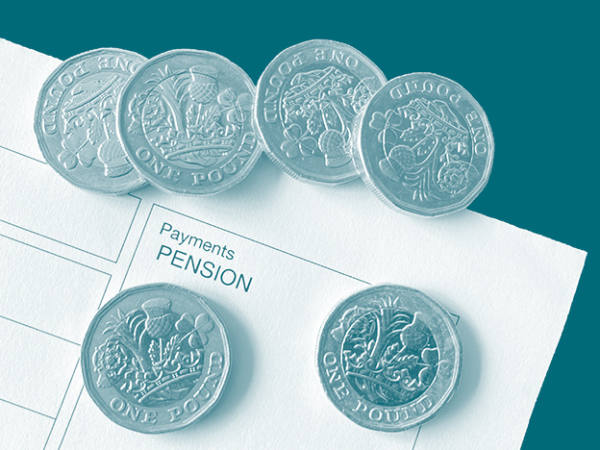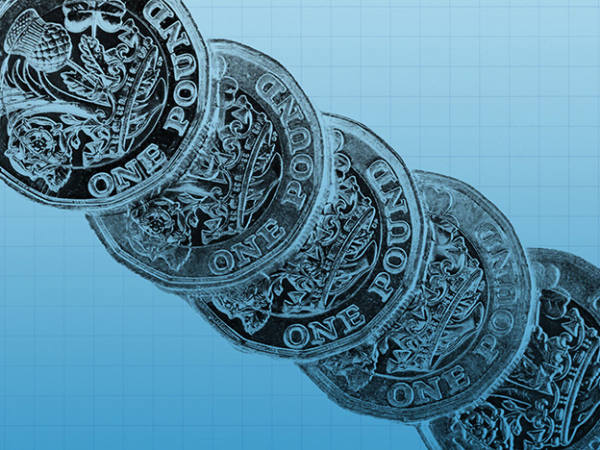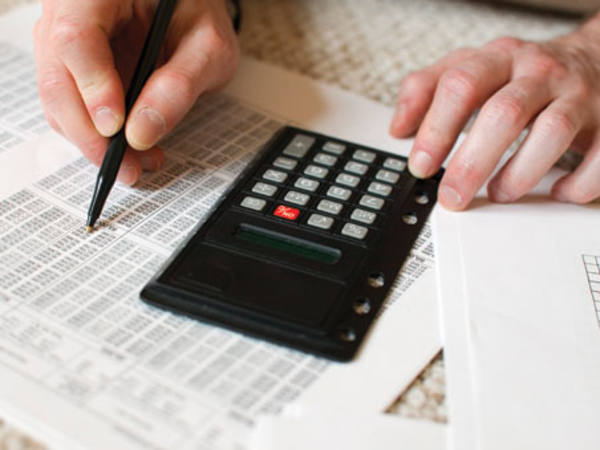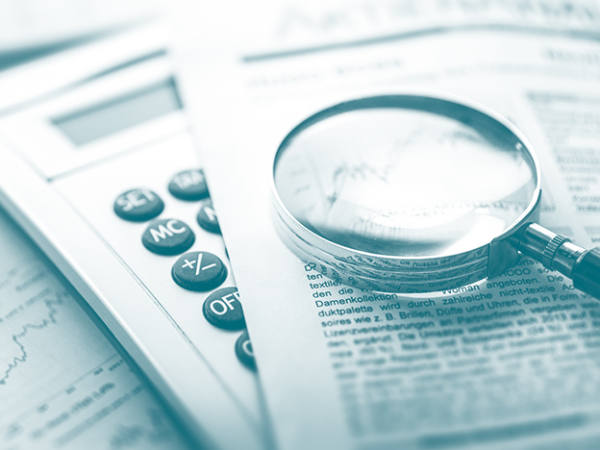With rising prices starting to pinch and borrowing costs going up, making sure self-invested personal pensions (Sipps) and individual savings accounts (Isas) are used as scrupulously as possible could become more important than ever.
“It’s inevitable as prices rise that people will be considering cutting back on all sorts of things, including the amount they save in Isas and pensions,” says Tom Selby, head of retirement policy at AJ Bell. “Anyone considering doing this should think about the impact it will have on their longer-term aspirations, and go through their budget with a fine toothcomb to make sure there aren’t other easy savings to be made.”
The key difference between the two wrappers is that pensions get income tax relief on any money paid into them at your marginal rate, but most money withdrawn is subject to income tax – apart from 25 per cent which you can withdraw tax-free. And you can only access your pension at the age of 55 (rising to 57 in 2028). Isas don’t get tax relief on any money paid in, but you can access your money at any time with no tax payable (unless you have a Flexible Isa – see section below).
The current allowance for stocks and shares Isa subscriptions is £20,000 a year, and anyone can pay in, provided you are resident in the UK and over the age of 18, no matter how much you earn. Pensions are more complex, but they have a more generous allowance of £40,000 a year (including any employer contributions).
Accumulation phase
While some people will be in the fortunate position to make sure they can subscribe their full allowance in both, for most it is a matter of prioritising between the two – and the best option depends on your goals.
If you are saving for retirement, pensions are the more generous tax vehicle. This is because money can grow with the benefit of income tax relief at your marginal rate and when you come to draw down your pension you can take 25 per cent of your pot tax-free before income tax is applicable, and the personal allowance applies to pension income – £12,500 in the current tax year. If you are a member of a workplace pension scheme and receive top-ups from your employer, you might want to prioritise making sure you pay in enough to benefit from the maximum amount your employer will contribute.
However, there are some constraints for pension savers. If you are a high earner – specifically if your adjusted annual income is over £240,000 – your annual pension allowance in the current tax year will be reduced. For every £2 your adjusted income goes over £240,000, your annual allowance for the current tax year reduces by £1. The minimum reduced annual allowance you can have in the current tax year is £4,000.
If you think you will want access to your savings before you reach pension age, saving into an Isa is more suitable.
Lifetime Isa
Lifetime Isas (Lisas) are also growing in popularity as an alternative to pensions. You can put up to £4,000 into a Lisa every year and receive a 25 per cent top-up from the government. The money can be used towards a deposit for a first home, or accessed when you reach the age of 60.
However, there are some caveats with Lifetime Isas. You can only set one up if you are 40 or younger, and pay into it until the age of 50, and it may not be used to buy a property worth more than £450,000 — a limit that has not increased since it was introduced in April 2017.
If you don’t meet these conditions and want to access money in a Lifetime Isa before the age of 60 you pay a charge of 25 per cent. This takes back the government subsidy and a proportion of your savings, too. For example, if £1,000 is saved, it receives a £250 top-up. If £1,250 is then withdrawn, the 25 per cent charge would cost £312.50 — resulting in a 6.25 per cent loss.
Decumulation phase
You can combine Isa and pension withdrawals to minimise the amount of income tax you pay. For example, Selby gives the example of a 60-year-old who has already taken their 25 per cent pension tax-free cash who needs £15,000 of income in 2022. They could withdraw £12,570 from their Sipp – the personal allowance – and take the remaining £2,430 from their Isa. This would mean, assuming they had no other sources of income, that they would pay 0 per cent income tax for the year.
“Of course, anyone making withdrawal decisions needs to think carefully about the sustainability of those withdrawals,” he says.
It can make sense to access your pension last, particularly if you’re prioritising succession planning. Pensions can be passed down free of tax if you die before the age of 75, and If you die after the funds will be taxed in the same way as income when your beneficiary comes to make a withdrawal. Isas will count towards your estate on death.











